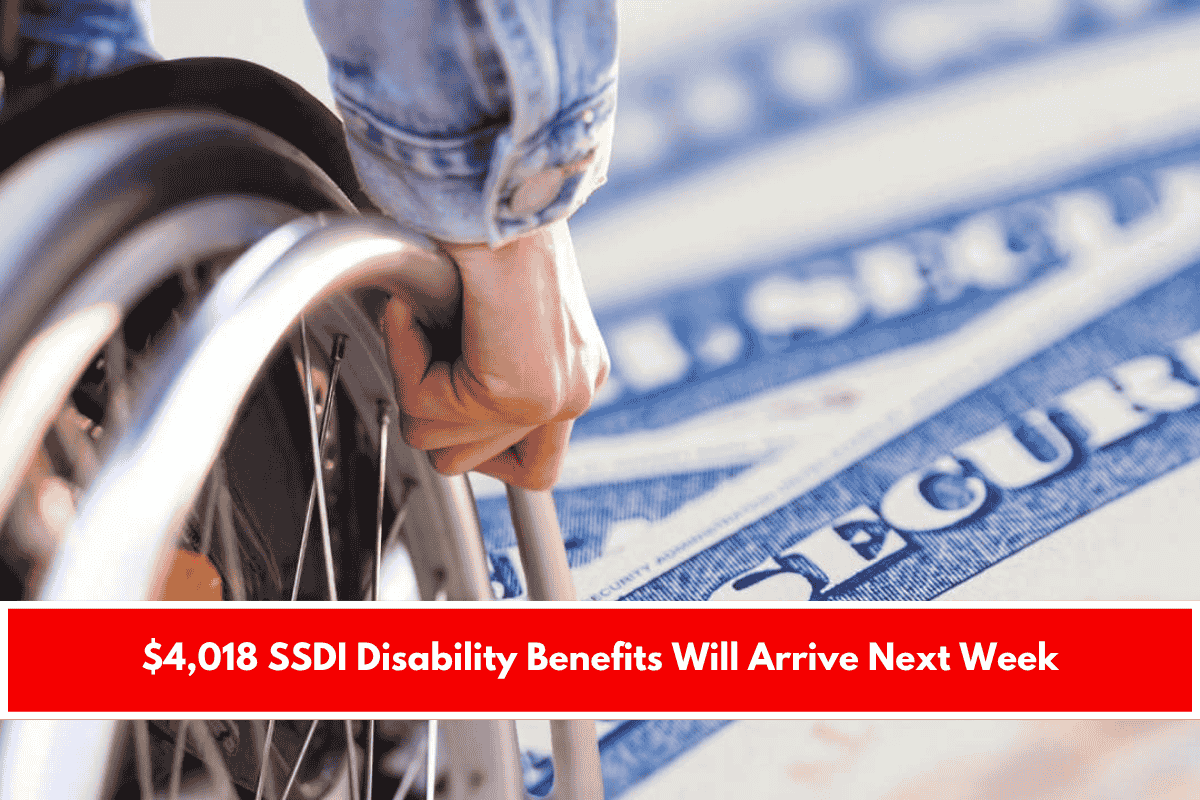If you receive Social Security Disability Insurance (SSDI) benefits, you’ll need to mark Wednesday, June 11, 2025, on your calendar. This is your payday if your birthday falls between the 1st and 10th of the month. The payment schedule for SSDI depends on your birthdate, and it’s the same every year. Let’s take a look at when you can expect your SSDI payment and what changes are in store for 2025.
SSDI Payment Schedule Based on Your Birthday
The Social Security Administration (SSA) uses a clear payment schedule based on your birthdate:
- 1st to 10th: Paid on the 2nd Wednesday of the month.
- 11th to 20th: Paid on the 3rd Wednesday of the month.
- 21st to 31st: Paid on the 4th Wednesday of the month.
However, if you started receiving SSDI before May 1997 or receive both SSI and SSDI, you’ll get your payment on Tuesday, June 3, 2025, along with the first payment of the month.
What’s the Impact of the 2025 COLA Increase?
In 2025, there was a 2.5% increase in SSDI payments due to the cost-of-living adjustment (COLA). This increase is automatically applied and helps offset the rising cost of living.
The average SSDI payment in 2025 is around $1,581.88 per month. But the exact amount you receive depends on your work history and how much you earned before your disability. The maximum SSDI amount is $4,018 per month, but this is only for individuals who had a high and consistent income before their disability.
SSDI Income Limits in 2025
There are limits to how much you can earn while receiving SSDI benefits, known as Substantial Gainful Activity (SGA). In 2025:
- If you are not blind, the limit is $1,620 per month.
- If you are legally blind, the limit rises to $2,700 per month.
Earning more than these limits may affect your SSDI benefits, so make sure you stay within the limit if you’re working while receiving SSDI.

Good News for Those Affected by Overpayments
Starting in April 2025, the SSA made a big change for those who were affected by overpayments. Previously, the SSA could take up to 100% of your SSDI payment to recover any overpaid money. Now, they can only take up to 50% of your monthly payment, providing much-needed relief.
Stricter Identity Checks for SSDI Users
This year, the SSA is increasing identity verification steps, especially for users accessing online services. You may need to complete extra security measures when logging into your account or creating a new one. If you find this process difficult, you can always handle it by phone or in person at a local SSA office.
Other Important SSDI Updates You Should Know
The SSA is pushing its digital platform to make managing your SSDI benefits easier. With the platform, you can check the status of your application, change your address or phone number, and download important letters from the SSA.
If you’re considering returning to work, there are special programs to help you do so without losing your SSDI benefits. The trial work period lets you test working while still receiving full SSDI benefits.
Don’t forget to report any changes to the SSA, such as improvements in your health, starting to earn income, or being able to work more. Failing to report changes can lead to problems, like your benefits being reduced or suspended.
Finally, the SSA continues to conduct medical checkups for SSDI recipients to ensure they still meet the eligibility requirements. In 2025, they’re focusing on age groups and conditions where improvements are more likely.











Leave a Reply